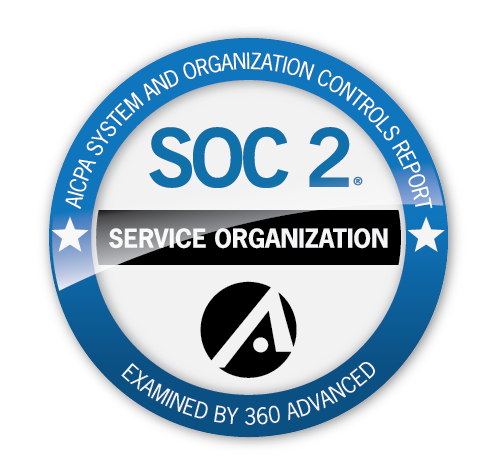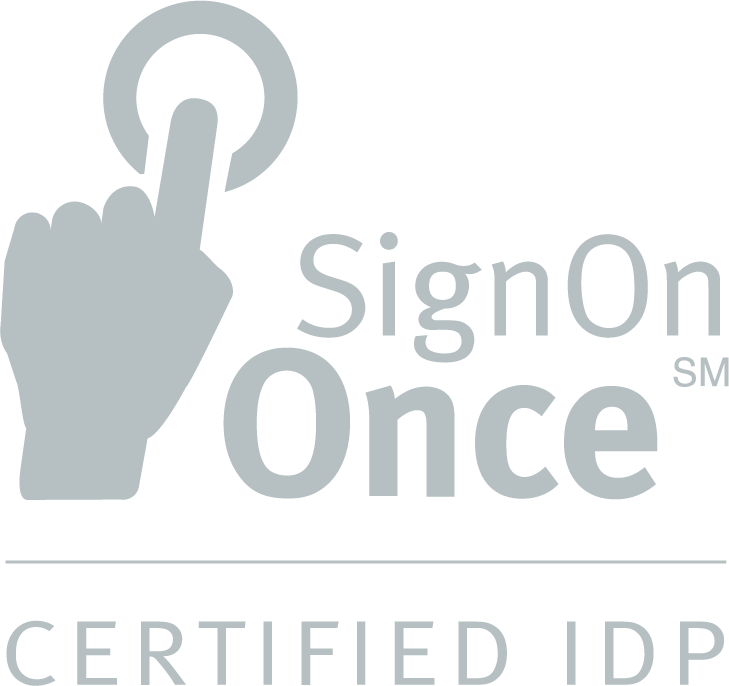Written by: Margaret Livermore, Content Marketing Manager
If you’ve been following along with our Future-proofing your business series, you’ve already realized the need to find a more modern solution and chosen the right vendor. Now it’s time to get up and running. Looking for some tips to make this process a bit easier? We’ve got you covered there too.
In every software implementation, success should be clearly defined by the implementation team. A major part of this definition should be determining which elements are “in scope” vs. “out of scope” for the project. When you do this, you keep everyone on the same page and avoid some of the implementation pitfalls that snowball a simple project into an unruly one.
Identify and follow your North Star
Identify your primary focus, your “North Star,” and keep it in sight throughout the project implementation. When you keep your eyes on the prize, you can better evaluate scope, timelines, and dependencies without letting other distractions get in the way.
The point is to keep the reason you’re doing this front and center of your (and your team’s) mind. If your primary focus is to automate your commission system then that’s what you should be working towards. Even if the new system has many other exciting tools that can be beneficial to your company, don’t be distracted by them! Focus on the goal you set out to achieve and, once that’s done, you can add as many new shiny toys as you want. One at a time, of course!
Empower your team
Empowering your team to make decisions without going through layers of red tape saves time and builds team cohesion quickly. Members of the team will learn to trust and depend on each other, which will pay off long after the project is complete. An empowered team also feels a sense of ownership, which means they’ll go above and beyond to ensure the project is successful.
Have the right mindset
After speaking with people who manage large enterprise implementations, I noticed a common thread in each conversation. Although many organizations embrace the idea of automating their processes, they still cling to the old way of doing things. Trying to retrofit your old processes into a new system is one of the quickest roads to disaster. Instead, make sure everyone involved comes to the table with a forward-thinking mindset and looks at how to do things in the way that will benefit the end-user even if it means tossing out some of the “way we’ve always done it” nostalgia.
Adopt agile methodology
Using a “minimum viable product” or MVP approach to your implementation means that you start with the core features your users need and save the frills for later. You can then build out more functionality in increments, user-testing them one at a time so you’re not overwhelmed by large numbers of issues. Instead, this process allows you to identify issues early on and in the most important parts of your system, fix them, and then move on to do the same with additional features and functions.
User acceptance testing
Encourage your vendor to foster a team atmosphere that encourages transparency, trust, and visibility. Involve some of your end-users in the implementation process as much as possible and solicit their feedback throughout. The benefits of this approach include:
- It encourages user buy-in when the project goes live
- It gives you product evangelists who can share positive information about the benefits of the solution
- It uncovers bugs that can be fixed before the software is live
During the user acceptance testing (UAT) phase, your users should have a checklist of must-have items they need to be fully functional for day-to-day operations before go-live. This will minimize issues left to fix once the software is live. If your vendor offers automation testing take advantage of it as well.
Conclusion
While we can’t guarantee your implementation will be free of any snags, you can help ensure it runs as smoothly as possible by keeping your goals in sight, empowering your team to make decisions, embracing a change mindset, and allowing your users to have a hand in the process.


